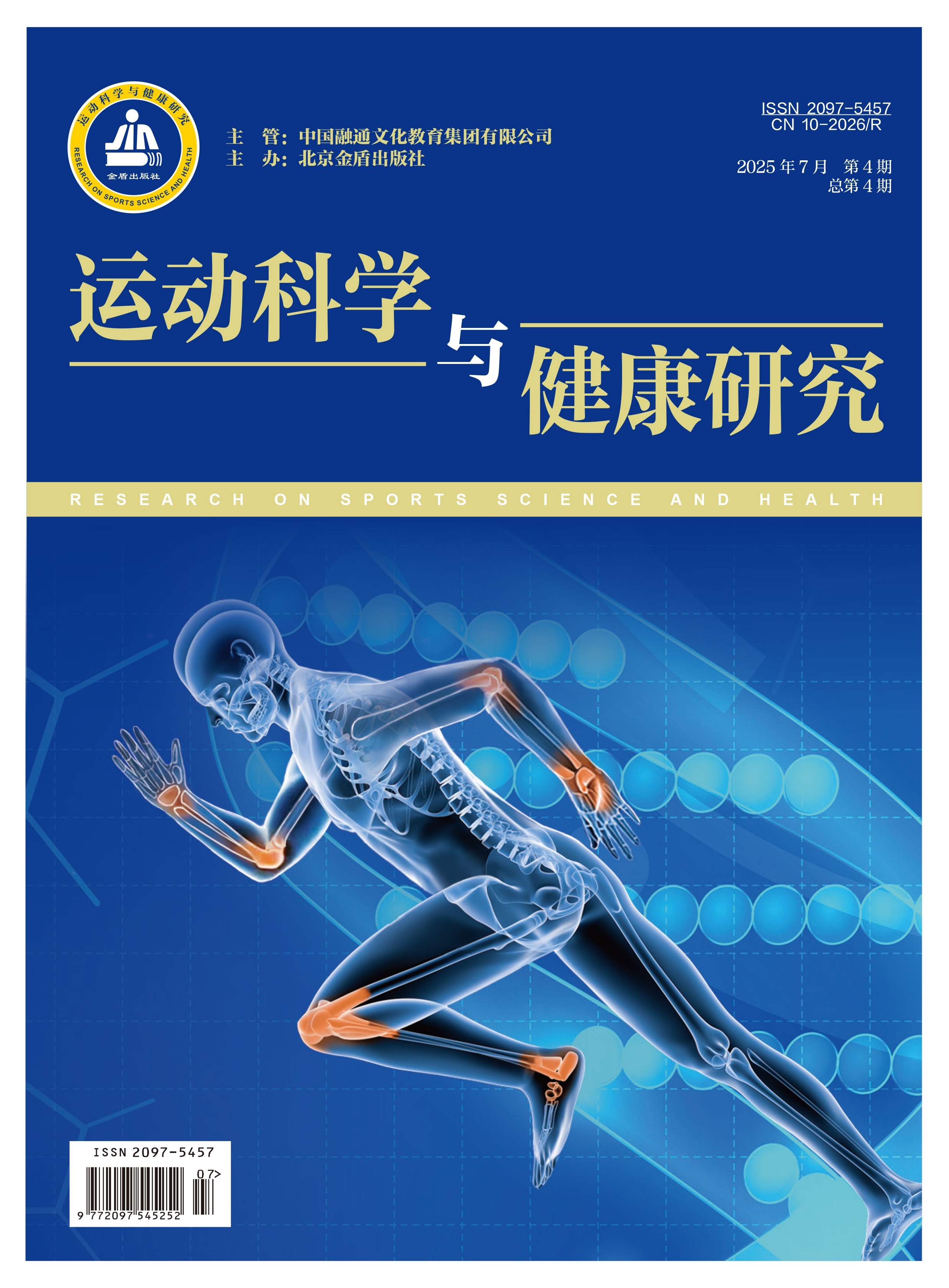Clinical and Training Practice
Zhang Hongxin, Zhai Longdi, Yang Xiaoming, Pan Zhaoxun, Sun Chao, Liu Fengjie, Xue Bin
Objective: Investigate the clinical effect of bone and soft tissue surgery in the treatment of traumatic recurrent dislocation of shoulder. Methods: Seventy-three cases of recurrent shoulder dislocation treated in the Army 80th Group Military Hospital from January 2010 to July 2022 were analyzed retrospectively. According to the surgical methods, they were divided into two groups: first group, seven cases in the small incision bone surgery group, one case in the simple coracoid osteotomy combined with conjoined tendon transposition group, five cases in the coracoid process transposition combined with Labrum repairs, and one case in the iliac bone transplantation combined with Labrum repairs. Age from 22 to 50 years, with an average age of 29.4 years. Second group: Sixty-six patients in the soft tissue repair group, including 49 patients in the simple labrum repair group (42 males and 7 females, aged 18~53 years, average age 26.5 years), eight cases in the combined labrum repair and Remplissage group (2 females and 6 males, aged 19~44 years, average of 29.4 years), nine cases in the Labrum repair combined with rotator cuff surgery group(3 males and 6 females, aged from 22 to 68 years, average age of 49.4 years). Through descriptive research, the postoperative redislocation rate, CS score, postoperative complications and Rowe score of patients in the last follow-up were analyzed. Results: The patients were followed up for 12 ~ 149 months, average of 63.8 months. The average operation time was 80.6 minutes in the bone operation group and 95.4 minutes in the soft tissue group. Cases of redislocation: 0 in bone group, 3 in soft tissue group. The average postoperative CS and Rowe scores were significantly higher than those before operation (P<0.001). Intraoperative blood loss: 321.5ml in bone surgery group, 53.7ml in soft tissue surgery group. Postoperative complications: 1 case in the bone group (hollow screw failure), 7 cases in the soft tissue group (rivet loosening in 2 cases, deep infection in 1 case, bleeding in 1 case, dislocation in 3 cases); There were no cases of nerve injury in both groups. Conclusion: Both bone and soft tissue surgery can effectively treat recurrent dislocation of shoulder joint.
